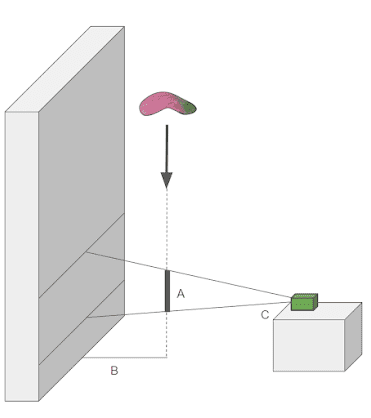Schlagwort: Educators
-

Exploring the interface of ecology, mathematics, and digital making | Hello World #11
Reading Time: 5 minutesIn Hello World issue 11, Pen Holland and Sarah Wyse discuss how educators and students can get closer to the natural world while honing maths and computing skills. Using a Raspberry Pi, you too can join this citizen science collaboration. Connectedness to nature as measured by the Nature Connection Index is currently the lowest…
-

Puerto Rico’s First Raspberry Pi Educator Workshop
Reading Time: 3 minutesEarlier this spring, an excited group of STEM educators came together to participate in the first ever Raspberry Pi and Arduino workshop in Puerto Rico. Their three-day digital making adventure was led by MakerTechPR’s José Rullán and Raspberry Pi Certified Educator Alex Martínez. They ran the event as part of the Robot…

